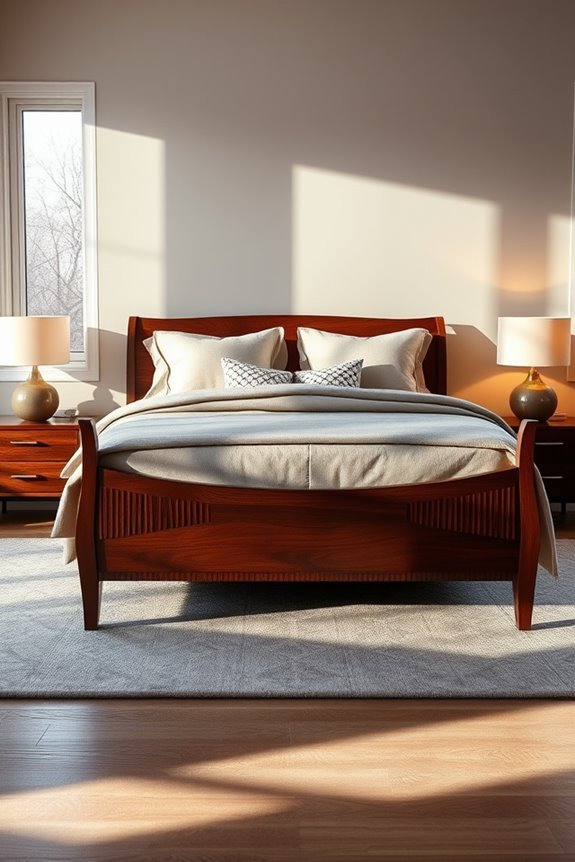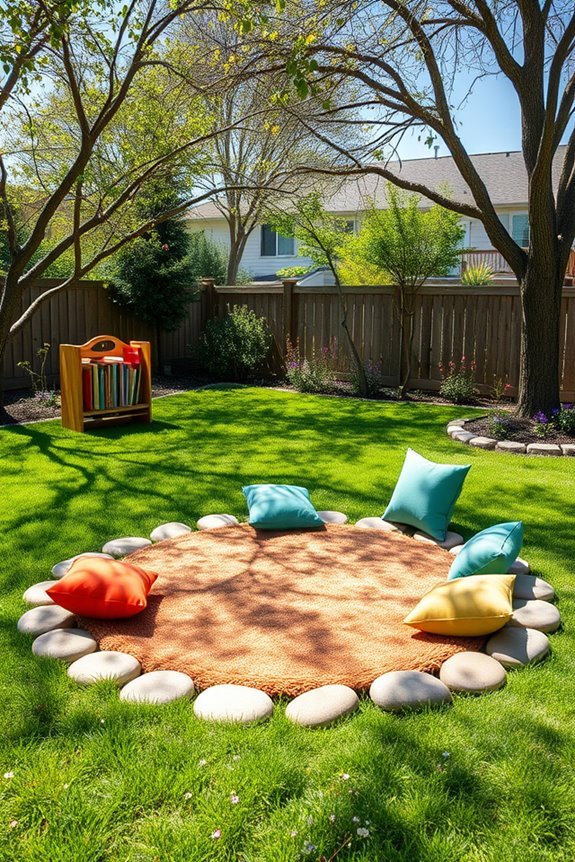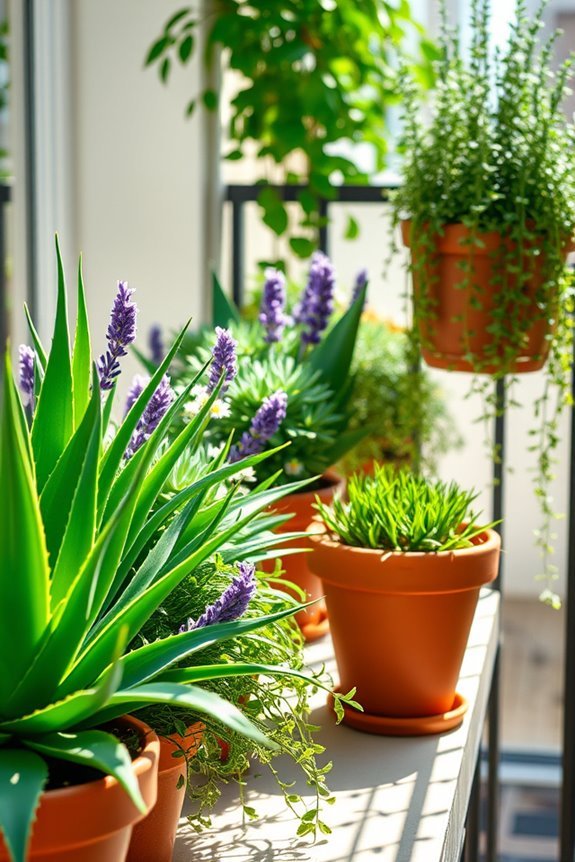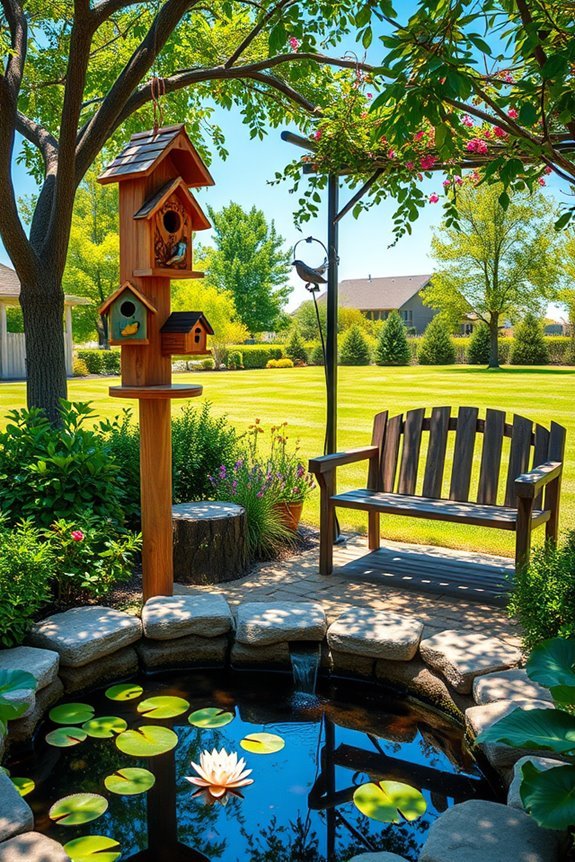What Are Pipe Fittings? Types and Their Uses in Plumbing Systems
Plumbing systems are an essential part of any building, responsible for the distribution of water, drainage, and ventilation. At the heart of these systems are the pipes that carry the flow of liquids and gases. However, pipes alone are not enough – they require specialized components called pipe fittings to connect, redirect, and control the flow.
Pipe fittings are an often overlooked, yet critical, element of any plumbing system. They come in a wide variety of shapes, sizes, and materials to accommodate different pipe types, pressures, and applications. Understanding the different types of pipe fittings and their uses is key for anyone working on or designing a plumbing system.
In this comprehensive blog post, we’ll dive deep into the world of pipe fittings. We’ll explore the various types of fittings, their key features and applications, and how they are used to create efficient and functional plumbing systems. Whether you’re a homeowner, a DIY enthusiast, or a professional plumber, this guide will give you a thorough understanding of this essential plumbing component.
What Are Pipe Fittings?
Pipe fittings are specialized components used to connect, change the direction, or modify the flow of pipes in a plumbing system. They are made from a variety of materials, including metal, plastic, and rubber, and come in many different shapes and sizes to accommodate different pipe types and applications.
The primary purpose of pipe fittings is to allow pipes to be joined together, change direction, split into multiple branches, or transition between different pipe sizes or materials. Without the use of fittings, plumbing systems would be extremely limited in their capabilities and unable to achieve the complex network of pipes required in modern buildings.
Some of the key functions that pipe fittings serve in a plumbing system include:
- Connecting pipes of the same or different materials
- Changing the direction of a pipe run (e.g. elbows, tees, wyes)
- Splitting a pipe into multiple branches (e.g. tees, wyes)
- Transitioning between different pipe sizes (e.g. reducers, bushings)
- Capping off or sealing the end of a pipe
- Providing access points for maintenance and cleaning (e.g. unions, flanges)
- Controlling the flow of liquids or gases (e.g. valves, couplings)
Pipe fittings come in a wide variety of shapes, sizes, and materials to accommodate the diverse needs of plumbing systems. Understanding the different types of fittings and their specific uses is crucial for designing, installing, and maintaining effective and efficient plumbing networks.
Common Types of Pipe Fittings
There are many different types of pipe fittings available, each serving a specific purpose in a plumbing system. Here are some of the most common and widely used pipe fitting types:
Elbows
Elbows are fittings used to change the direction of a pipe run. They come in various angles, typically 45 or 90 degrees, to accommodate different turns and bends in the plumbing layout. Elbows are available in a range of materials, including copper, PVC, and steel, to match the pipe material being used.
Tees
Tees are fittings that allow a pipe to split into two or more branches. They have three openings – one for the incoming pipe and two for the outgoing branches. Tees are commonly used to create branch lines for sinks, toilets, and other plumbing fixtures.
Wyes
Wyes are similar to tees, but with a wider angle between the branches, typically around 45 degrees. This makes them better suited for changes in pipe direction and flow. Wyes are often used in drainage and sewage systems to create angled branch connections.
Reducers
Reducers are fittings that allow the transition between pipes of different sizes. They come in both concentric (even) and eccentric (offset) designs. Concentric reducers maintain the same center line, while eccentric reducers shift the center line to one side, which can be useful for maintaining proper drainage.
Bushings
Bushings are another type of fitting used to transition between different pipe sizes. However, unlike reducers, bushings have a smaller diameter opening on one end and a larger diameter on the other. This allows them to be inserted into a larger pipe to accept a smaller pipe.
Unions
Unions are fittings that allow two pipes to be connected and disconnected easily. They consist of three pieces – two threaded ends that screw into the pipe, and a middle coupling that can be unscrewed to separate the connection. Unions are commonly used for maintenance and repairs.
Flanges
Flanges are fittings with a flat, circular face that allows pipes to be bolted together. They are often used in larger diameter piping systems, such as those found in industrial or commercial applications, where a secure, leak-proof connection is required.
Valves
Valves are fittings that regulate the flow of liquids or gases through a pipe. There are many different types of valves, including ball valves, gate valves, globe valves, and check valves, each with their own unique features and applications.
Couplings
Couplings are simple fittings used to connect two pipes of the same diameter and material. They have a straight, unobstructed flow path and are commonly used to join sections of pipe or repair breaks in the plumbing system.
These are just a few of the most common types of pipe fittings. Depending on the specific needs of the plumbing system, there are many other specialized fittings available, such as caps, adapters, manifolds, and more.
How Pipe Fittings Are Used in Plumbing Systems
Pipe fittings play a crucial role in the design and installation of plumbing systems, allowing for the efficient and effective distribution of water, drainage, and ventilation. Here are some of the primary ways pipe fittings are used in plumbing:
Connecting Pipes
One of the most basic functions of pipe fittings is to connect sections of pipe together. Fittings like couplings, unions, and flanges allow pipes to be joined, whether they are the same material or different. This is essential for creating a continuous, leak-free pathway for liquids and gases to flow through the plumbing system.
Changing Direction
Elbows, tees, and wyes are used to change the direction of a pipe run. These fittings allow plumbers to navigate around obstacles, make turns, and create branch lines as needed to route the pipes where they need to go. This flexibility is crucial for designing plumbing systems that can be efficiently installed in a variety of building layouts.
Branching and Splitting
Tees and wyes are used to split a single pipe into multiple branches, allowing the plumbing system to serve multiple fixtures or appliances from a single supply line. This is common in bathroom and kitchen plumbing, where a single water line may need to feed a sink, toilet, and shower.
Transitioning Pipe Sizes
Reducers and bushings are used to transition between pipes of different sizes. This is necessary when connecting fixtures or appliances that require a different pipe diameter than the main supply lines. Proper sizing and transitions are critical for maintaining adequate water pressure and flow.
Flow Control
Valves are a specialized type of pipe fitting used to control the flow of liquids or gases through the plumbing system. Valves can be used to shut off water supply, regulate pressure, or allow backflow prevention. They are essential components for maintenance, repairs, and safety.
Access and Maintenance
Fittings like unions and flanges provide access points in the plumbing system, allowing for easy disassembly and maintenance. This is particularly important for being able to service, clean, or replace components without having to dig into the walls or floors.
Sealing and Capping
Caps and plugs are used to seal off the ends of pipes, either temporarily or permanently. This is necessary for capping unused openings, sealing off test ports, or preparing a plumbing system for future expansion.
By using the appropriate pipe fittings for each application, plumbers can design and install plumbing systems that are efficient, functional, and able to withstand the demands placed on them. Proper selection and installation of fittings is crucial for ensuring the long-term performance and integrity of any plumbing system.
Factors to Consider When Choosing Pipe Fittings
With the wide variety of pipe fittings available, it’s important to carefully consider several key factors when selecting the right ones for a plumbing system. Some of the most important factors include:
Pipe Material and Size
The material and diameter of the pipes being used will determine the compatible fittings. Fittings must be made of a material that can withstand the same pressures and corrosion as the pipes, and have openings that match the pipe sizes.
Application and Environment
The specific use and location of the fittings will also influence the selection. Fittings used in high-pressure, high-temperature, or corrosive environments may require more durable materials like metal or specialized plastics. Fittings for exterior applications need to withstand weather exposure.
Flow Requirements
The flow rate and pressure demands of the plumbing system will dictate the size and style of fittings needed. Valves, for example, come in different flow capacities to handle varying system requirements.
Ease of Installation
The ease of installation is an important consideration, especially for DIY projects. Threaded, solvent-weld, and push-fit fittings all have different installation methods that may be more or less suitable depending on the skills and tools available.
Maintenance and Accessibility
Fittings that may need regular service or replacement, such as unions and valves, should be located in accessible areas for easy maintenance. The ability to disconnect or disassemble fittings is crucial for repairs.
Cost and Availability
Budget and product availability can also be factors in fitting selection. More specialized or custom fittings may come at a higher cost, while common sizes and styles are generally more affordable and readily available.
By carefully weighing these key factors, you can ensure that the pipe fittings selected are the best fit for the specific plumbing system and its requirements. This helps optimize performance, longevity, and ease of maintenance.
Proper Installation of Pipe Fittings
Proper installation of pipe fittings is critical for ensuring the long-term function and integrity of a plumbing system. Here are some best practices to follow when installing pipe fittings:
Measure and Cut Pipes Accurately
Accurately measuring and cutting pipes to the correct length is the first step. This ensures a proper fit between the pipe and the fitting, minimizing the risk of leaks or structural issues.
Clean and Prepare Pipe Ends
Before assembling fittings, the pipe ends must be thoroughly cleaned to remove any dirt, debris, or burrs. This helps create a tight, leak-free seal. The type of cleaning required will depend on the pipe material (e.g. deburring, degreasing, sanding).
Use Appropriate Sealants and Lubricants
Sealants like Teflon tape or pipe dope, and lubricants like silicone grease, should be applied to threaded fittings to prevent leaks and ease assembly. The specific products used will depend on the pipe and fitting materials.
Tighten Fittings Properly
Threaded fittings should be tightened to the appropriate torque specifications to create a secure, leak-proof connection. Over-tightening can damage the fittings, while under-tightening can lead to leaks.
Support and Secure Fittings
Fittings, especially those used for changes in pipe direction or branching, should be properly supported and secured to prevent stress on the connections. This can be done with brackets, hangers, or other mounting hardware.
Test for Leaks
Once the plumbing system is assembled, it should be thoroughly tested for leaks, either through a water pressure test or by carefully inspecting all connections. Any leaks must be addressed before the system can be put into service.
Follow Manufacturer Instructions
Always refer to the manufacturer’s installation instructions for specific guidance on how to properly install their fittings. This ensures the fittings are used as intended and maximizes the chances of a successful, long-lasting installation.
By following these best practices, plumbers and DIYers can ensure that pipe fittings are installed correctly, creating a safe, reliable, and efficient plumbing system.
Conclusion
Pipe fittings are an essential, yet often overlooked, component of any plumbing system. These specialized components play a critical role in connecting, directing, and controlling the flow of liquids and gases through the pipes.
From elbows and tees to valves and unions, there is a wide variety of pipe fittings available to accommodate the diverse needs of modern plumbing systems. Understanding the different types of fittings, their key features, and how they are used is crucial knowledge for anyone working on or designing a plumbing installation.
By carefully considering factors like pipe material, flow requirements, and ease of installation, you can select the right fittings for the job and ensure the long-term performance and integrity of the plumbing system. And by following best practices for proper installation, you can create secure, leak-free connections that will stand the test of time.
Whether you’re a homeowner tackling a DIY plumbing project or a professional plumber designing a commercial system, a solid understanding of pipe fittings is an essential part of your skillset. With the information provided in this guide, you’ll be well on your way to mastering this critical plumbing component.




